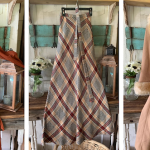A Sway reader spotted this brick archway, which reads R.C. Lawson Institute, on an afternoon walk through her West Southern Pines neighborhood.
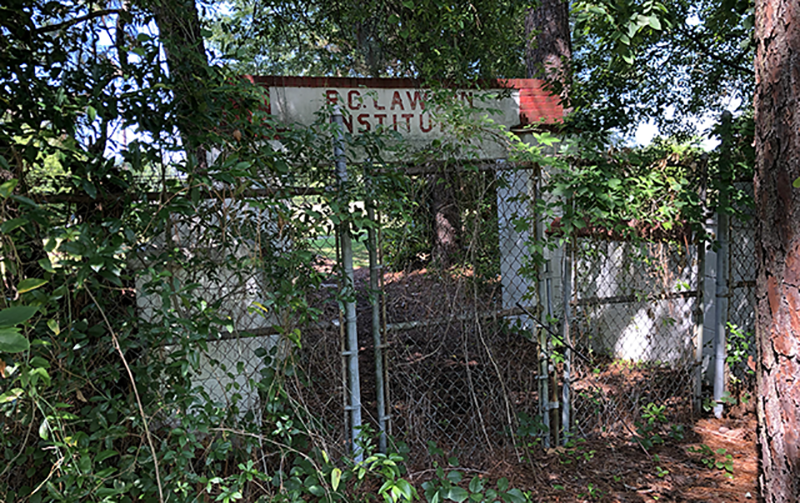
Located on New York Avenue, across the street from Southern Pines Primary, the arch doesn’t exactly look creepy; but the term “institute” has a certain … ring to it. Our ol pal Google had a little info, but the most promising results pointed to author Opal Winchester Hawkins, a historian and professor who died in 2015.
The story in her 2008 book, “Pickford Sanitarium and R.C. Lawson Institute: Two Former Institutions of Southern Pines, North Carolina,” starts in the 1800s. It involves Tuberculosis, a divine message, and two men who were legends in their own time.
The Pickford Sanitarium
Join us in the year 1887. Southern Pines has just been incorporated. John T. Patrick, the developer who founded and named Southern Pines just three years prior, is working hard to entice Northerners to buy land from him and populate this new town. One of his main selling points? The fresh pine air, thought to be an elixir for people suffering from Tuberculosis.
Hawkins surmises that it was John T. Patrick’s advertisements for the Southern Pines area that caught the eye of Dr. Lawson Andrew Scruggs in the 1890s.
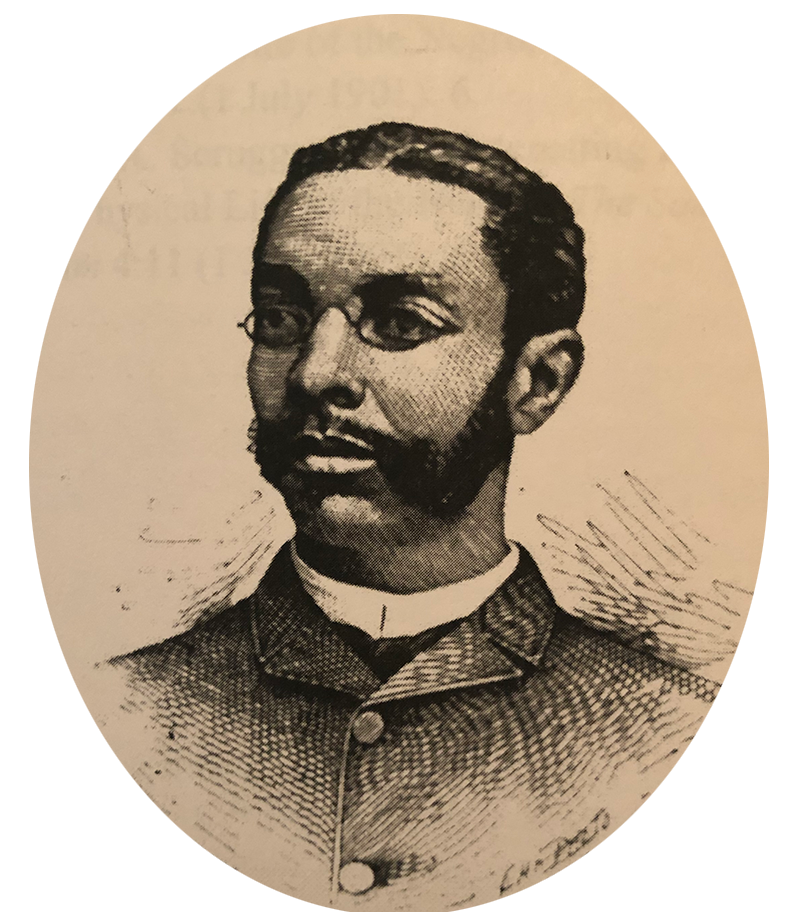
Dr. Scruggs, a Raleigh physician, had been in search of a place to build a sanitarium where African-Americans could live while being treated for Tuberculosis. In the segregated South, Hawkins reports, no such place existed for Black people, who were four times as likely as whites to die of the disease. The Pickford Sanitarium would be the first.
So we’re clear, Dr. Scruggs was a badass. Born to former slaves in Virginia, he spent almost every day of his childhood doing farm work — and almost every night, reading whatever he could get his hands on. At age 20, Scruggs befriended businessman Charles Pickford, who helped finance his education, starting with Baptist seminary.
At 29, Scruggs was in the first graduating class of the Leonard Medical College of Shaw University. He then became the first African-American to pass the North Carolina medical exam. He became a licensed pharmacist and opened a private practice. He founded churches. He wrote newspaper articles. He apparently didn’t sleep.
We could spend the rest of the article listing Scruggs’ accomplishments, but let’s take you back to Southern Pines.
Scruggs bought the land on New York Avenue from Patrick and started building. On September 10, 1897, he held the grand opening for his Pickford Sanitarium, named for his longtime benefactors who also helped finance some of its construction. Hawkins writes that the celebration was attended by 2,000 people — a huge crowd for a ribbon cutting even by today’s standards.
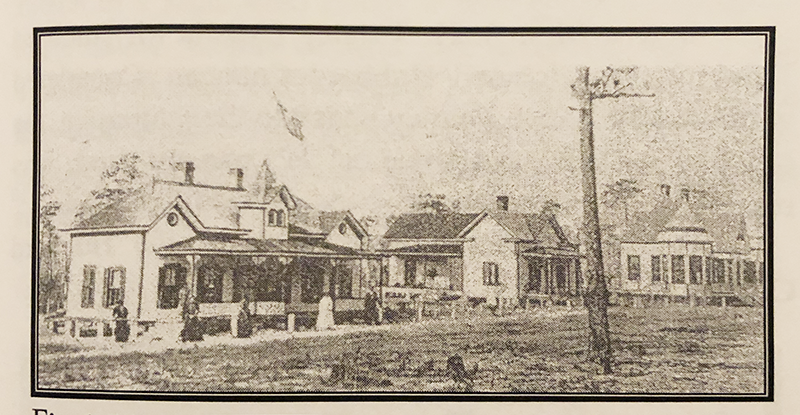
Scruggs charged little and achieved a 66 percent “cure rate” (though exactly what that means isn’t clear) all while maintaining his private practice in Raleigh, a 68-mile drive before cars were exactly a thing.
For 15 years, Hawkins writes, Scruggs’ efforts at Pickford’s “modest and neat” facility were heralded far and wide. Some patients traveled for a chance to be treated by him. Others were Black people who worked at the area’s resorts and lived on the neighborhoods surrounding the sanitarium — an area that would continue to grow, and in 1923 be incorporated as the town of West Southern Pines.
Scruggs’ dedication to serve African Americans in need meant he worked tirelessly to raise money for the cause — no small task in a country just 32 years removed from the Civil War. Donors, mostly Northerners, kept the sanitarium afloat, but only just.
Hawkins writes that the 1910s found the sanitarium suffering from a lack of funds and resources. Scruggs was under a ton of stress and his health was fading. Little is recorded about the final years, but in December 1912, he and his trustees sold the property.
Scruggs died in Raleigh on Dec. 1, 1914.
From Sanitarium to School
According to Hawkins, when Scruggs handed over the deed to the Industrial Union of America, he included a caveat — that the property should be used only for bettering African-American health or education. Scruggs’ buildings would go on to house the Industrial Union Training School.
The paper trail then goes cold for awhile, but in 1931, the deed changed hands again; when a well-known bishop of Harlem, New York would assume control.
The R.C. Lawson Institute

Like Dr. Scruggs, the Bishop R. C. Lawson is a legend. Lawson began his career as a cabaret singer, pursuing a less-than-holy lifestyle while on the road. But in 1913, Lawson became ill with — you guessed it — Tuberculosis, and changed his life when he felt “the presence of God in a whirlwind.”
After his recovery, Lawson built a temple in Harlem which still stands today. He started a summer resort, and schools in multiple countries. His evangelism culminated in the founding of a new branch of the Pentecostal faith: the Church of Our Lord Jesus Christ — (COOLJC).
Like Scruggs, R.C. Lawson has a long list of accomplishments — but he has his own Wikipedia. Let’s take you back to Southern Pines and the Bishop’s leadership of the Industrial Union Training School, later named the R. C. Lawson Institute.
R.C. Lawson believed very strongly in two things: the power of COOLJC and the power of the pine air. While his Institute served some local kids, many students were transported for the school year from Harlem, Chicago, and other urban areas. You get the idea that the bishop had big plans for the school’s life-changing properties, but the conditions that these far-removed parents were likely sold on were, in reality, less than ideal.
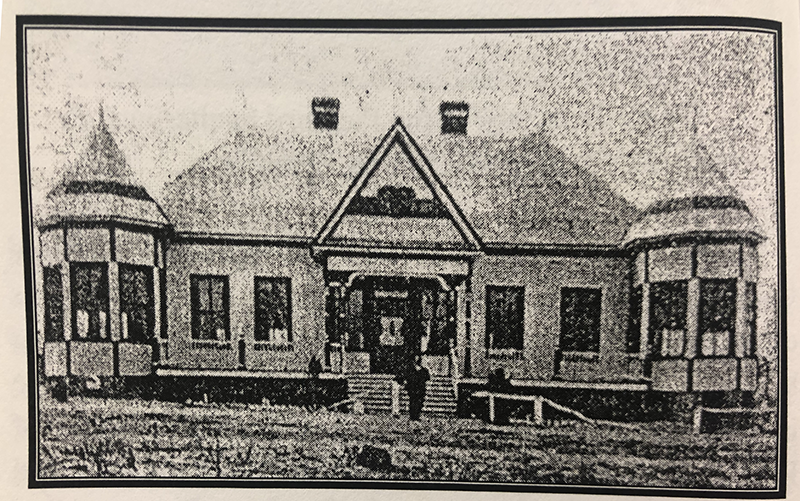
In a report from 1935, an inspector from the NC Department of Instruction identified the property as a poorly-equipped and run-down boarding school home to a teachers with questionable qualifications and boys and girls of all ages. No administrative files, or records of student work, could apparently be found at the time.
But, because of the influence of the church and the bishop himself, parents continued paying to send their children there. And by 1940, documents collected by Hawkins suggest that R.C. Lawson’s administrators had made improvements.
Hawkins’ interviews with former students tell a story of a boarding school that operated like a family. Students were taught the COOLJC faith as well as Black history, something they were not exposed to in the predominantly white public schools back home. While students paid tuition, they also helped pay their way by performing in a gospel choir that toured the Northeast. Students reported traveling in cars that broke down and staying in stranger’s homes, but the opportunity to perform, at least in their mind, seemed to make up for lackluster travel accommodations.
The bishop maintained an active interest in the Institute until his death in 1961. And with the absence of its leader, the school quickly went downhill. By the mid 1970s, Hawkins reports that it was operating as a daycare; by 1980, county records listed the address as vacant. In 1997, the address was identified as Lawson Institute Park.
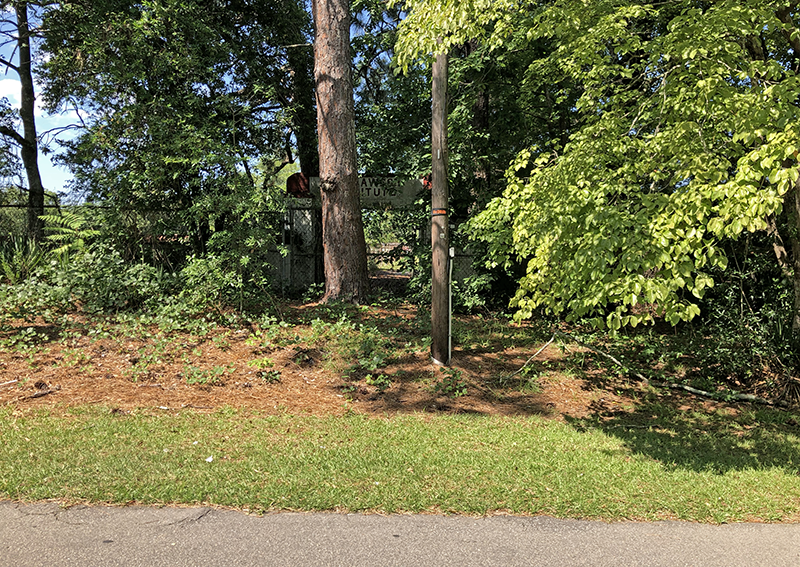
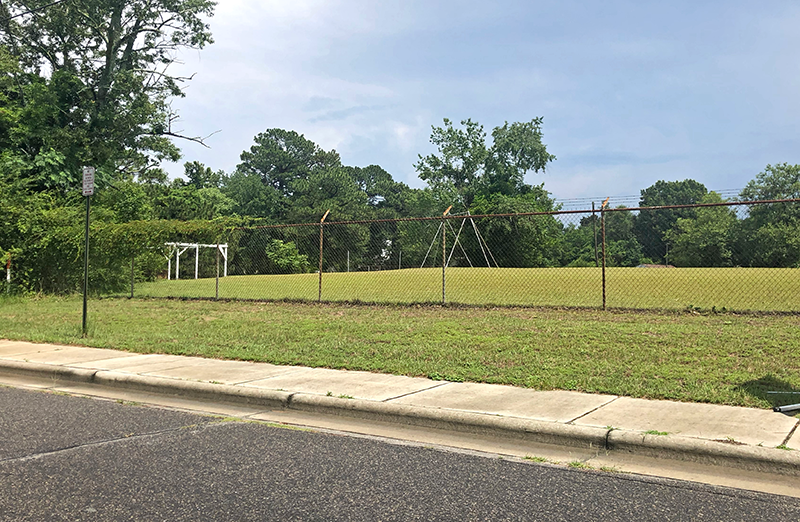
Lawson Institute Park
Today, little more remains of the site but an expansive lawn, some play structures and what’s left of the red-and-white brick entrance — all encircled by a chain link fence. In the summer, surrounding brush makes the entrance almost invisible.
The site is still maintained by the Church of Our Lord Jesus Christ.
Want to Discover More?
From the history of the town of West Southern Pines to the evolution of the two institutions, there’s a lot more to know. Follow the links above or support your local library — check out the book. It’s available at the Southern Pines Public Library.




